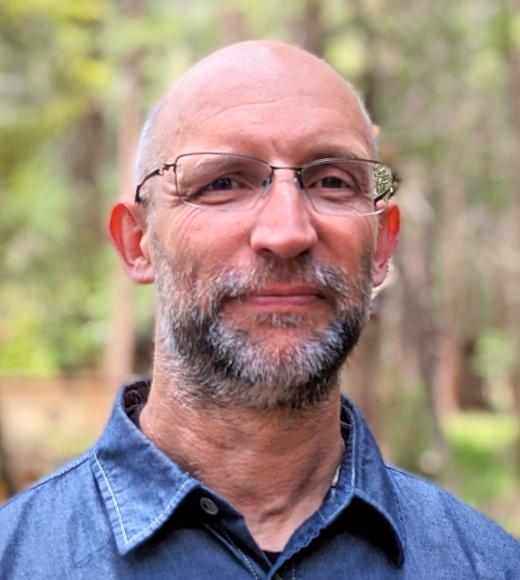
Position Title
Professor
- Molecular and Cellular Biology
- Mathematics
Research Interests
I develop mathematical and computational methods to address questions that arise in the study of the 3D structure of chromosomes. The three dimensional (3D) structure of the genome plays a key role in the dynamics of the living cell tightly regulating essential biological processes such as transcription, replication and repair. In humans, disruption of the 3D structure of the genome, in the form of large-scale rearrangements and copy number changes, is the signature of DNA-damaging agents and has been associated with a wide range of diseases, including cancer. In parasitic organisms, the 3D structure of the genome is a frequent drug target. Descriptions of the 3D structure genomes however have remained elusive even for the simplest organism.
(1) We are developing new mathematical methods to characterize the packing of DNA in: dsDNA bacteriophages, mitochondrial DNA in trypanosomes (kDNA) and yeast.
(2) We are developing Topological Data Analysis methods for the molecular characterization of breast cancer.
(3) Our response to COVID-19: In our most recent research we are investigating the mutation landscape of COVID-19. As of March 2020 COVID-19 has mutated and expanded across the human population; a total of 214 haplotypes (i.e. sequence variations) and 344 different strains have been identified. Most of these variations, gained through mutation, recombination, and natural selection, have been found in the Spike (S) protein. We are developing a computational pipeline that estimates the mutation landscape of the COVID19’s S protein, and simultaneously are measuring binding of the S protein to the human receptor ACE2 using cryo-electron microscopy.
Graduate Program Affiliations
- 1993 B.S. in Mathematics, Universidad de Zaragoza, Spain
- 2000 Ph.D. in Mathematics, Florida State University
